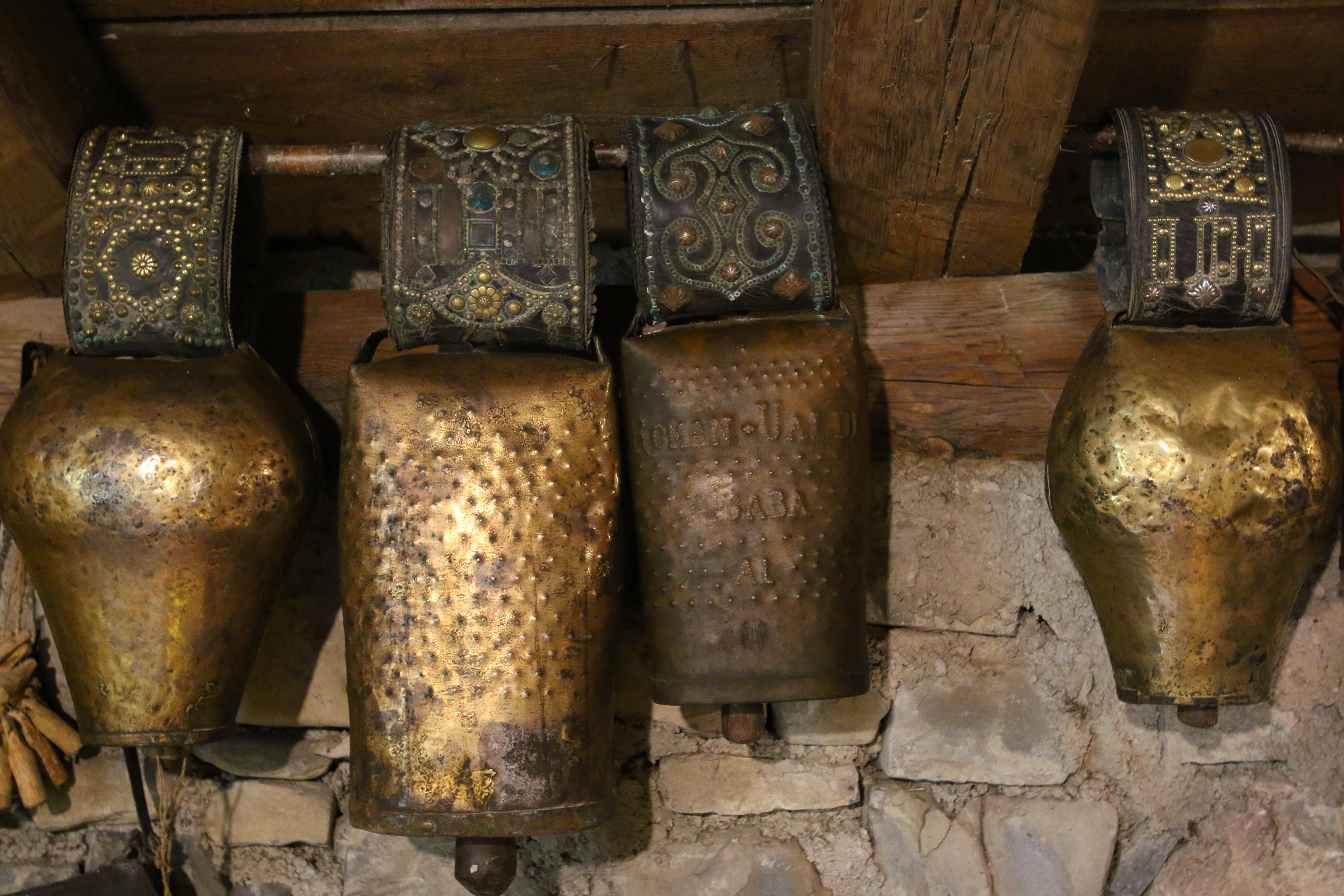Archives
Bells or other subsidiary sound elements and their ringing have traditionally marked the times of day (canonical or astral hours), historical celebrations, or specific events, news occurring, or imminent dangers. This has been the case for centuries, in both in civil, and in religious communities.
Thus, in the Jerte valley or Las Hurdes (Cáceres) and in some town in Salamanca, around Sierra de Francia (La Alberca or Mogarraz), for example, there is a daily ritual that is repeated at dusk and is known as the ringing of the souls. It consists of a journey at dusk made by a woman (moza de ánimas, meaning woman of the souls) to the sound of a bell going down Real Street. She goes without speaking or greeting anyone and does not stop along her route, reciting or murmuring a prayer for the souls in Purgatory, stopping to ring at crossroads or squares; and people uncover and sanctify themselves as she passes. Its origin is associated with the Brotherhood of Souls (Cofradía de Ánimas) established around the 16th century, so widespread throughout the Peninsula. (more…)

Fernando Hualde.
This is a magic time of the year in mountains, mountaintops…, both from a natural and an ethnographic perspective. Departing from our usual focus on ethnography, let us look at a very specific item.
Thousands and thousands of sheep have already moved from lower, snow-free winter pastures to summer pastures in mountains, mountaintops and higher altitudes along the Navarrese Pyrenees and Urbasa and Aralar Mountain Ranges. Our mountains are filled with the sound of bells worn around the neck of free-roaming sheep, goats, kids, wethers, cattle, mares… The tinkling of livestock bells is in fact the most perfect musical accompaniment to the highland dweller or rambler. (more…)



